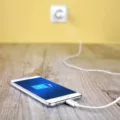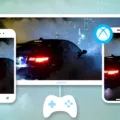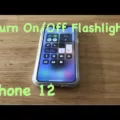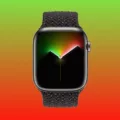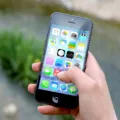Have you ever experienced your phone screen dimming unexpectedly? This can be a frustrating experience, especially if you rely heavily on your phone for work or entertainment purposes. There are several potential reasons why this may be happening, and there are steps you can take to resolve the issue.
One common cause of phone screen dimming is the presence of a power-saving mode. Many devices are designed to reduce battery usage by automatically adjusting screen brightness when power-saving mode is enabled. If this is the case, you can disable the power-saving mode to see if this resolves the issue.
Another potential cause is the presence of adaptive brightness settings. These settings automatically adjust screen brightness based on ambient light levels in the environment. If your phone is consistently dimming, even when you’re in a well-lit area, it’s possible that adaptive brightness is the culprit. You can disable this feature by navigating to your device’s display settings and turning off adaptive brightness.
If your phone screen keeps dimming even with power-saving mode and adaptive brightness disabled, there may be an issue with your device’s hardware. In some cases, a damaged screen or faulty sensor can cause screen dimming. If this is the case, you may need to have your phone repaired or replaced.
It’s also worth noting that some third-party apps may be causing the issue. If you’ve recently installed a new app and noticed that your phone screen is dimming more frequently, try uninstalling the app to see if this resolves the issue.
There are several potential causes of phone screen dimming, including power-saving mode, adaptive brightness settings, hardware issues, and third-party apps. By following the steps outlined above, you can troubleshoot the issue and hopefully resolve it quickly and easily.
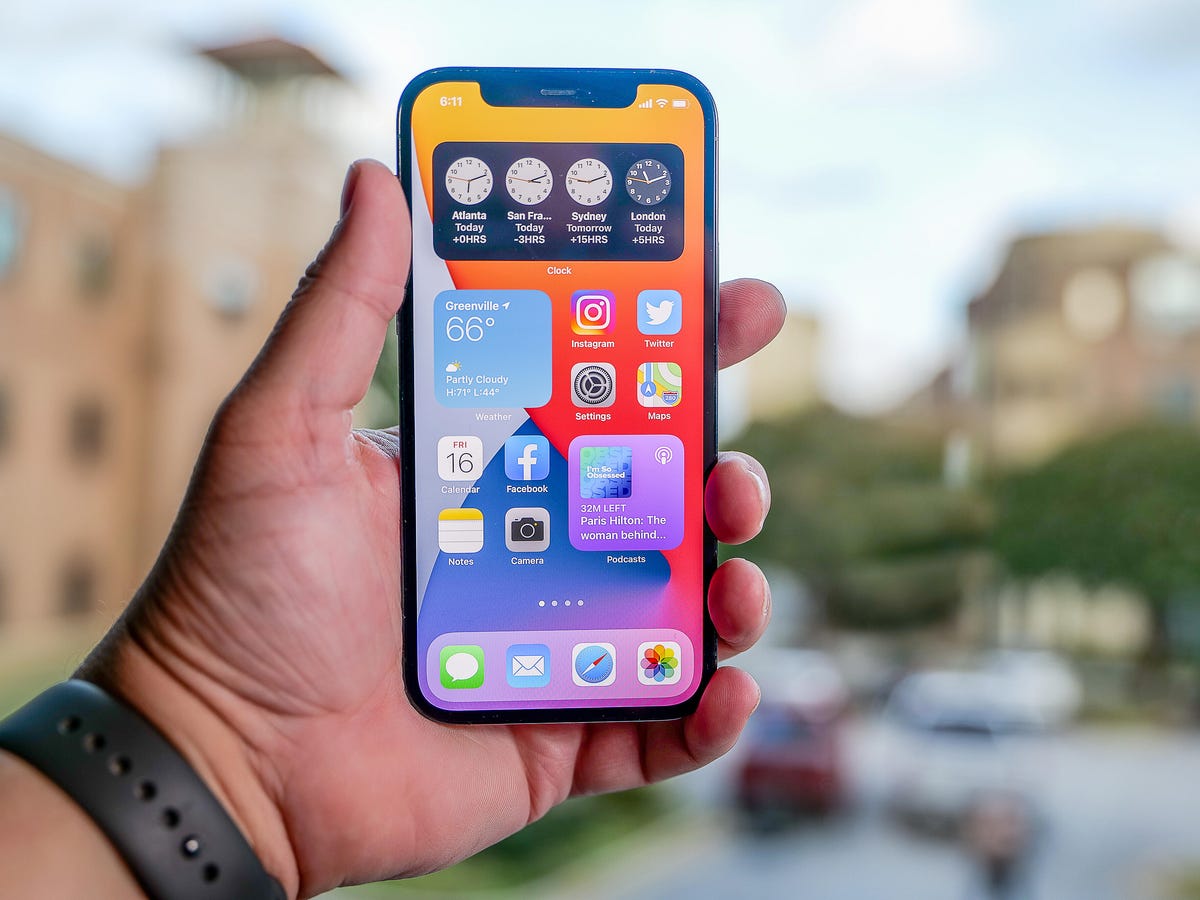
The Effects of Automatic Screen Dimming on Full Brightness
The most common reason for your screen to dim to full brightness is the adaptive brightness setting on your device. This feature uses the ambient light sensor to adjust the brightness of your screen based on the lighting conditions around you. If your device detects a lower level of light, it will dim the screen to reduce eye strain and save battery life.
Additionally, the power-saving mode on your device may also cause the screen to dim at full brightness. This mode limits the resources used by your device to extend battery life, which can cause the screen to dim and lower the brightness level.
To fix this issue, you can turn off the adaptive brightness setting on your device by going to Settings > Display > Adaptive brightness and sliding the toggle to the off position. You can also disable the power-saving mode or adjust the brightness level manually to your desired level by going to Settings > Display > Brightness and adjusting the slider to your preference.
Effects of Auto Brightness on iPhone Screen Dimming
If the auto brightness feature is turned off on your iPhone but the screen still dims, it could be due to the Low Power Mode. Low Power Mode is a battery-saving feature that automatically turns on when the battery percentage drops below 20%. When Low Power Mode is turned on, it reduces the iPhone’s activity, including screen brightness, to conserve battery life.
To turn off Low Power Mode, go to Settings > Battery and toggle off the Low Power Mode switch. Once Low Power Mode is turned off, your iPhone screen should return to its normal brightness level.
In addition, it’s worth noting that some iPhone models have a feature called True Tone which adjusts the screen’s color temperature based on the ambient light in the room. This can also affect the screen’s brightness. To turn off True Tone, go to Settings > Display & Brightness and toggle off the True Tone switch.
If neither of these solutions works, it’s possible that there may be an issue with your iPhone’s hardware or software. In that case, it’s recommended to contact Apple Support for further assistance.
The Impact of Dimming Brightness on iPhone 12
The iPhone 12 has a feature called True Tone, which adjusts the display’s color temperature based on the environment’s ambient light. This feature can sometimes cause the device’s brightness to dim unexpectedly. To disable True Tone, go to Settings, select Display & Brightness, tap True Tone, and toggle off this option.
In addition to True Tone, the iPhone 12 also has an Auto-Brightness feature that adjusts the display’s brightness based on ambient light levels. This feature can sometimes cause the device’s brightness to fluctuate unexpectedly. To disable Auto-Brightness, go to Settings, select Accessibility, go to Display & Text Size, and disable Auto-Brightness.
Lastly, Low Power Mode can also affect the iPhone 12’s display brightness. When this mode is enabled, the device’s performance is reduced, and some features, including display brightness, are adjusted to conserve battery life. To turn off Low Power Mode, go to Settings, select Battery, and toggle off Low Power Mode.
Conclusion
Phone brightness keeps dimming due to various factors, such as power-saving modes, adaptive brightness, and True Tone settings. These features are designed to optimize battery life and reduce eye strain, but they can also result in a consistently darkened screen. To fix this issue, users can turn off the power-saving mode or adaptive brightness settings, adjust the brightness manually, and disable True Tone. Additionally, turning off low power mode may help restore the screen’s brightness to its normal level. By implementing these solutions, phone users can enjoy a bright and clear display without any inconvenience.


